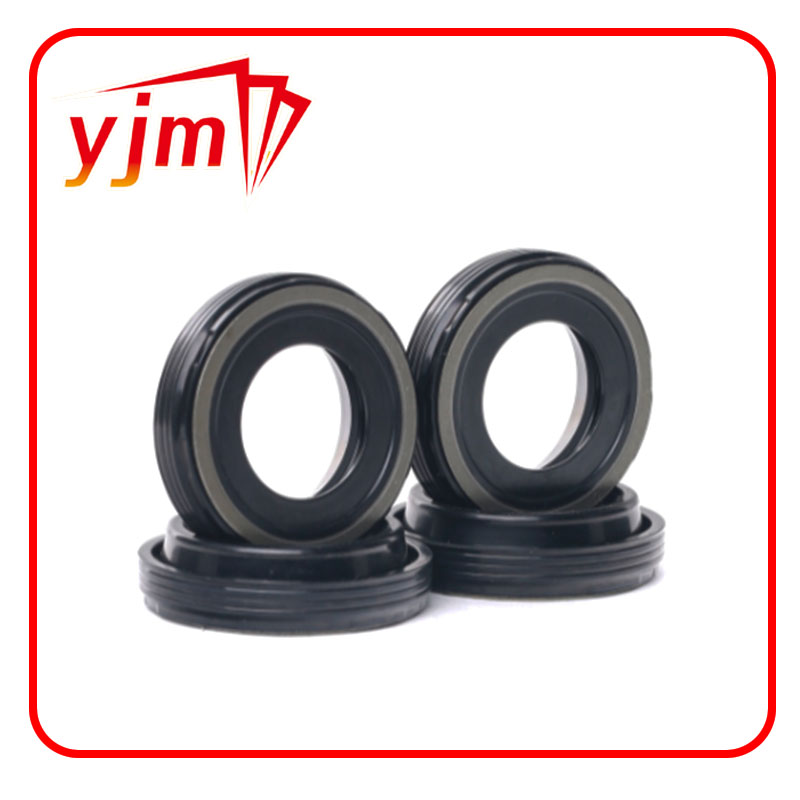Understanding the Importance of Sump Pan Gasket Maintenance for Your Vehicle
Understanding Sump Pan Gaskets Importance, Types, and Maintenance
A sump pan gasket is a critical component in many engines and machinery, playing an essential role in ensuring the smooth operation of the oil lubrication system. Located between the oil sump and the engine block, the gasket seals the area to prevent oil leaks and maintain proper oil pressure. Understanding the importance, types, and maintenance of sump pan gaskets can help vehicle owners and machinery operators ensure optimal performance and longevity of their engines.
Importance of Sump Pan Gaskets
The primary function of a sump pan gasket is to create a secure seal that prevents oil from leaking out of the oil pan. Oil leaks can lead to significant problems, including reduced lubrication, increased friction, and potential engine failure. A failing sump pan gasket often results in reduced oil levels, leading to overheating and, in severe cases, catastrophic engine damage. Therefore, maintaining the integrity of this gasket is vital for the health of any engine.
In addition to preventing leaks, a properly functioning sump pan gasket also helps maintain the correct oil pressure within the engine. Oil pressure is crucial for ensuring that all moving parts receive adequate lubrication. Low oil pressure can lead to premature wear and tear on engine components, resulting in costly repairs and downtime.
Types of Sump Pan Gaskets
Sump pan gaskets come in various materials and designs, each tailored to specific applications. The most common types include
1. Rubber Gaskets These are popular due to their flexibility and resilience. Rubber can withstand extreme temperatures and pressures, making it ideal for a wide range of engines.
2. Cork Gaskets Often found in older engines, cork gaskets are lightweight and can provide excellent sealing when properly compressed. However, they are less durable over time compared to rubber and can dry out or compress.
3. Silicone Gaskets Silicone gaskets offer superior heat resistance and flexibility. They can be molded to fit various shapes and are particularly effective at providing a reliable seal in high-performance engines.
sump pan gasket

4. Composite Gaskets Made from a combination of materials, composite gaskets offer a balance of flexibility, strength, and resistance to oil and heat. They are often used in modern engine designs for their enhanced durability.
Maintenance Tips
Regular maintenance can significantly extend the life of a sump pan gasket and the engine itself. Here are a few tips
1. Regular Inspections Periodically check for signs of oil leaks or wetness around the oil pan. Early detection of a gasket failure can prevent more extensive damage.
2. Change Oil Regularly Keeping your oil fresh not only maintains lubrication but also reduces contaminants that can degrade the gasket material over time.
3. Watch Engine Temperature Overheating can lead to gasket failure. Ensure that the engine cooling system is functioning effectively to prevent overheating.
4. Avoid Over-Tightening When reinstalling the sump pan, using the correct torque specifications is crucial. Over-tightening can crush or distort the gasket, leading to leaks.
5. Replace When Necessary If you notice leaks or other signs of wear, replacing the sump pan gasket sooner rather than later can save you from costly repairs down the road.
Conclusion
In summary, the sump pan gasket might be a small component, but its impact on engine performance and longevity is profound. Understanding the different types available and how to maintain them can help vehicle owners and operators ensure their engines run smoothly and efficiently. Regular maintenance and timely replacements are key to preventing complications, preserving engine health, and ultimately saving money on repairs.
-
Seal 12x20x5: Precision Radial Shaft Seals for Industrial Reliability
News Nov.24,2025
-
Seal 12x18x5: Essential Guide to Specifications, Applications & Vendors
News Nov.24,2025
-
Understanding Seal 12 20 5: Applications, Specifications & Industry Insights
News Nov.23,2025
-
Durable Oil Seal 85x110x12 – Reliable Sealing Solutions for Industry
News Nov.23,2025
-
Durable and Precise Oil Seal 75x95x10 for Efficient Machinery | YJM Seal
News Nov.22,2025
-
Durable Oil Seal 75x100x10 for Reliable Industrial Performance | YJM Seal
News Nov.22,2025
-
High-Quality Oil Seal 65x90x10 | Durable & Reliable Sealing Solutions
News Nov.22,2025
Products categories















